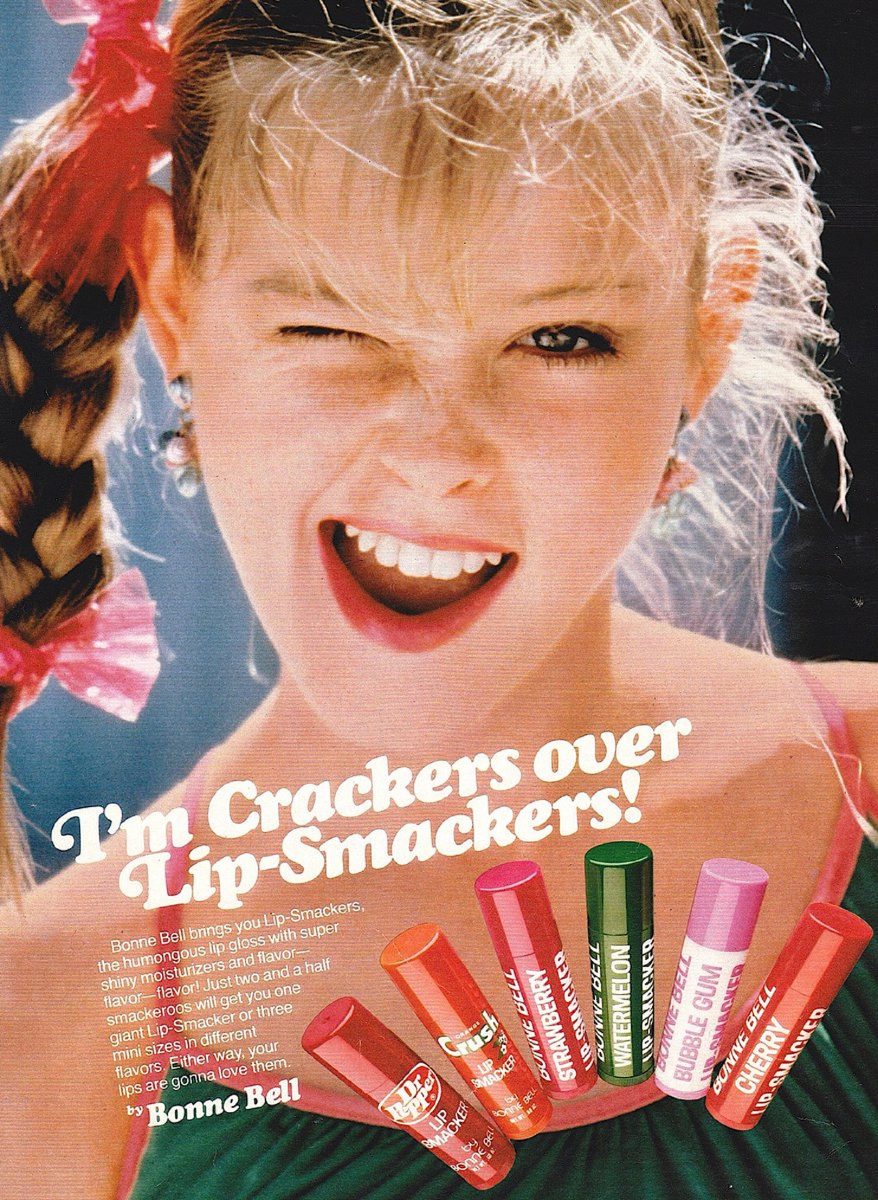Almost everyone has heard their parents say, “you’re growing up so fast!” This usually comes from a place of endearment, but we are actually growing up faster and at younger ages. As labels such as “chronically online,” and, “screenager,” circle about, people begin to wonder if increased social media use has affected our generation on a much larger scale than it appears.
The phrase “kids getting older younger” describes the phenomenon of younger generations maturing at a much faster rate than past generations. Social media is only a small part of this pattern as the issue is rooted in marketing tactics and the natural tendency of children to mimic the behaviors of their older role models. General media consumption also contributes to a child’s overly mature behavior, and this can become dangerous.
Social media use is disruptively prominent at Cleveland. A junior at Cleveland told the Clarion, “I spend about 15 minutes on social media in all of my classes except math and science.”
In recent years, social media algorithms have become increasingly tailored to the user’s experience, especially ads. Out of 35 Cleveland students anonymously surveyed across all grades, 71.4 percent said that in the past six months, they had bought a product seen on a social media ad. Furthermore, 80 percent of those students said that the product they bought was used for aesthetics or beautification of physical appearance.
Many of the cosmetic products that were purchased are marketed to people over the age of 18 and the ads don’t feature high school students. The social media algorithm, however, markets these products to younger generations because they know that children look up to older counterparts as role models.
A similar representation of this harmful advertising strategy is the advertising of the popular brand Lip Smacker. The company has existed since the mid-1970s and the metamorphosis of its marketing is astounding. From the 1970s to the 1990s, the advertisements primarily depicted older women; however, over time, more children and bright colors appeared, a bid to draw in younger consumers with products intended for adults.
Video games also play a role in the various content that minors are being exposed to. Violent video games including Call of Duty and Grand Theft Auto have become increasingly violent and detailed as the genres progress.
Isaac Camacho, the attendance coach, said, “[Grand Theft Auto] is almost teaching you how to commit a real crime. I think parents definitely need to look into the types of games their kids are playing.”
In a study conducted by Douglas Gentile, an associate professor of psychology at Iowa State University, it was revealed that kids who play video games were trained to think and behave more aggressively. There were 3,000 kids, aging from third to eighth grade, studied over the course of three years.
Grand Theft Auto and Call of Duty both are rated 18 to ensure minors do not receive early exposure to their mature themes, and when children are exposed to this kind of aggressive and violent content, it has an effect on their behavior. These video games are becoming increasingly popular among younger children because they are promoted and advertised in media outlets that are highly-likely to reach an audience under 18, such as TV channels and social media.
The media consumption of teenagers has been increasing rapidly and media-delivered ideas do not have the most positive impact on younger generations. The intentional marketing tactics of companies have turned children into consumers at a much earlier age than previous generations. With social media, intentional marketing has been able to reach millions. Pressure to “self-brand” has swept the youth of America because of this.
In the past five years, “aesthetics” have become extremely popularized as a form of self-expression, which have become increasingly more definitive and specific. For example, the “coquette” aesthetic was all over TikTok just a year ago. By definition, coquette refers to women who are flirtatious, however it morphed into Gen Z’s take on soft, hyper-feminine style. Many people referred to the aesthetic in reference to the 1955 novel Lolita, a very controversial novel, to shape their self-presentation within coquette style. In turn, it became glamorized in the media.
Aesthetics have become prevalent among many social media users and are especially prevalent among girls. While girls presenting themselves in authentic ways is very valuable, it’s important to recognize that “self-expression” cannot be rooted in extrinsic validation. It has to come from a genuine place. An obsession with romanticization has blossomed into the glorification of real life struggles, ones that are very grown-up.
Although self-expression is important, sometimes media consumption can have negative effects, as seen with the correlation between violent video games and aggressive behavior among children. Many of us are not aware that we are maturing at a rapid rate and, although it seems like a personal choice, this is the primary goal of big companies. We have fulfilled expectations to become a generation of voracious consumers who will sacrifice our personal development for the cause. Whether it comes to media or physical products, it’s all because of the tendency to want to grow up faster. Although it is easy to fall into this cycle, sometimes you just need to let kids be kids. This cycle could become a bigger problem as time progresses as it makes conscious decisions harder because of our dependency on various forms of media. It is important to foster independence and self confidence as we grow into adults because the ability to make our own choices is essential and cannot continue to be compromised for the sake of trends and advertising.
Sources:
https://www.bbc.com/worklife/article/20220324-kgoy-kids-getting-older-younger
https://thesciencesurvey.com/news/2022/04/27/a-troubling-marketing-phenomenon-kids-getting-older-younger/
https://spartanshield.org/32701/showcase/girls-are-getting-older-younger/








